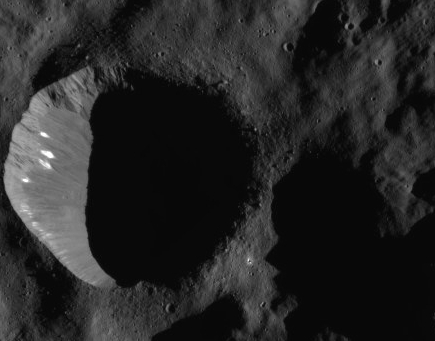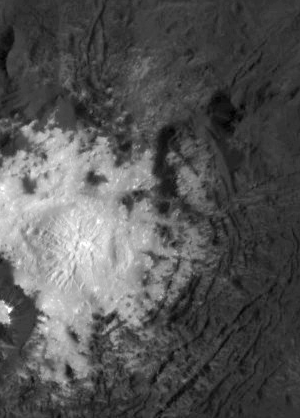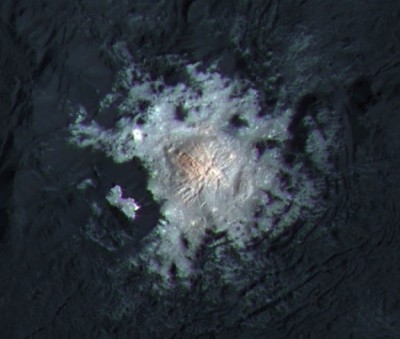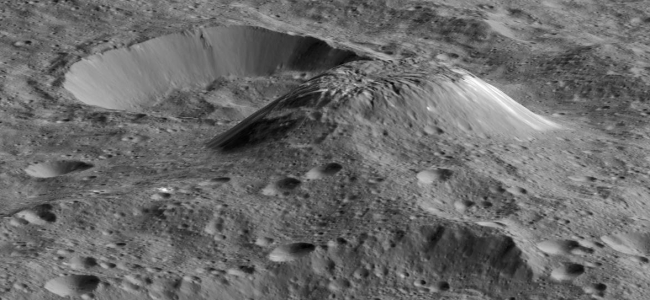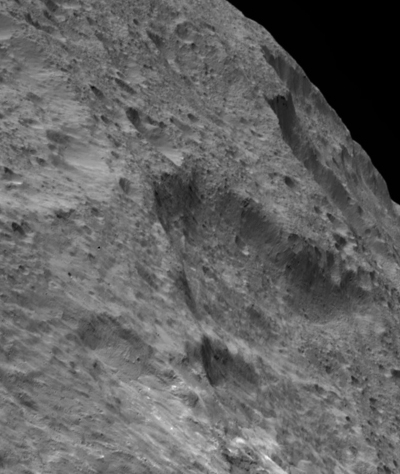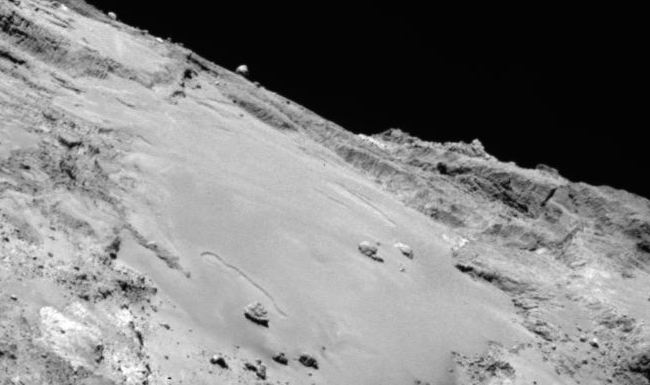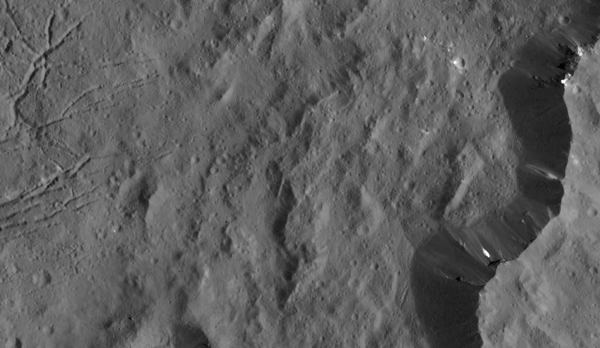New and very distance outer solar system objects beyond Neptune
Astronomers have discovered several new objects orbiting the Sun at extremely great distances beyond the orbit of Neptune.
The most interesting new discovery is 2014 FE72:
Another discovery, 2014 FE72, is the first distant Oort Cloud object found with an orbit entirely beyond Neptune. It has an orbit that takes the object so far away from the Sun (some 3000 times farther than Earth) that it is likely being influenced by forces of gravity from beyond our Solar System such as other stars and the galactic tide. It is the first object observed at such a large distance.
This research is being done as part of an effort to discover a very large planet, possibly as much as 15 times the mass of Earth, that the scientists have proposed that exists out there.
Astronomers have discovered several new objects orbiting the Sun at extremely great distances beyond the orbit of Neptune.
The most interesting new discovery is 2014 FE72:
Another discovery, 2014 FE72, is the first distant Oort Cloud object found with an orbit entirely beyond Neptune. It has an orbit that takes the object so far away from the Sun (some 3000 times farther than Earth) that it is likely being influenced by forces of gravity from beyond our Solar System such as other stars and the galactic tide. It is the first object observed at such a large distance.
This research is being done as part of an effort to discover a very large planet, possibly as much as 15 times the mass of Earth, that the scientists have proposed that exists out there.

